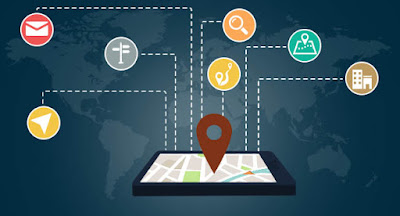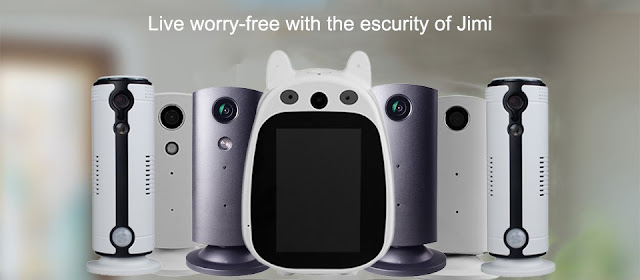Bike-share programs protected by high-quality GPS locks
One year in and bike sharing apps are transforming Chinese cities, but oversight and environmental impacts are a concern. Almost one hundred Chinese cities, from Beijing to Lhasa, now have bike-sharing schemes. The bikes, clad in various colours, have GPS trackers and can be unlocked simply by scanning a barcode on the frame with your phone. Some can even be reserved via a phone app. With bike sharing APP, cyclists will be able to reserve a bike from one of seven locations in person, via mobile app or online. The bikes can be used for recreation and convenient transportation. The seven docking stations are on a 3-mile loop and within or near popular downtown destinations. According to a China Central Television report there are currently twenty bike-sharing schemes competing in Beijing, with almost one million bikes. Zhou Zhengyu, head of the city’s transportation commission, said at an event marking Beijing’s Bicycle Day in April that the city has 700,000 shared bikes. It is as


